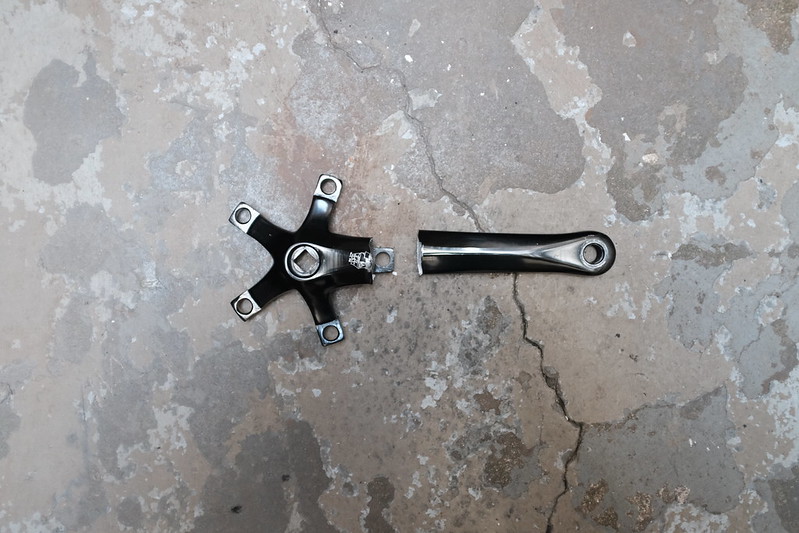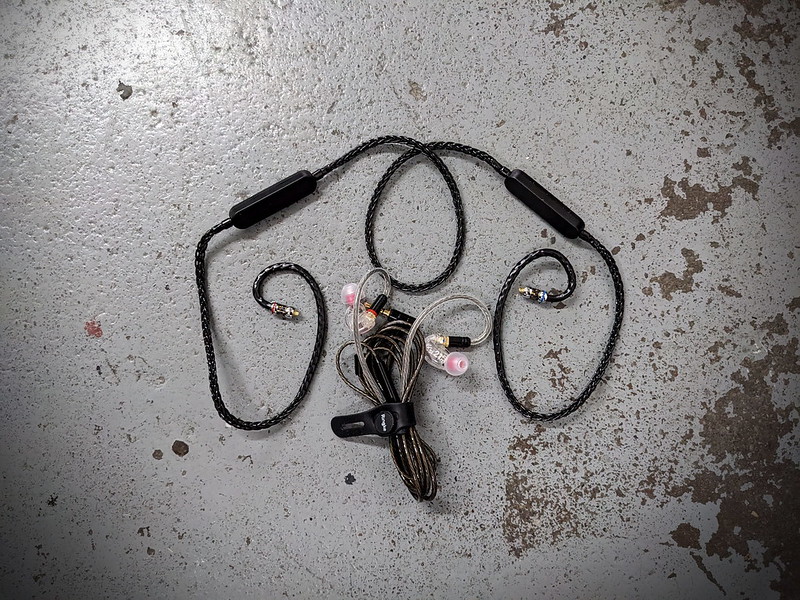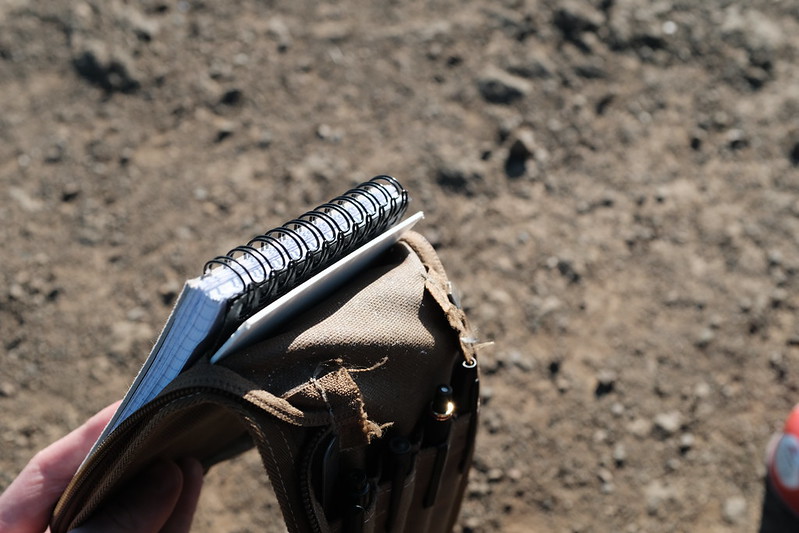Celyfos Spectacle Protection
Back in 2022 I purchased a Celyfos case for my Rudy Rydons. The case is one my favorite things. The leather is beautiful. The front of the case is made of a stiff double layer of veg-tan, with a nubuck lining to protect the lenses. The shape and rigidity of this piece protects the eyewear from downward pressure applied along the top of the case. The internal nose bridge is leather on top of a plastic liner. This protects the eyewear from pressure applied along the front face of the case, toward the lenses. You could still damage the temple arms of your optics by placing a well aimed butt-cheek on the rear of the case, but the case will not be deformed by typical negligent abuse. I have no concern about blindly throwing the case into a pack where it may be tossed around or buried under heavy things. The sports model, sold for Oakley glasses, fits the Rudy Rydons perfectly.
When I refreshed my Julbo Micropores I decided that they deserved a Celyfos case of their own. I went with the medium-sized Atlas model. This one has the same thick leather and overbuilt nose bridge as the sports-wrap case, but also includes a plastic liner between the leather layers of the front face. The liner offers even greater crush resistance. Now that I can compare both side-by-side, I think that the sports model, without the liner, is stiff enough just by the nature of the leather and well thought out design that the addition of the plastic liner probably does not offer much practical advantage.
Unfortunately the new case is not a perfect fit for the Micropores. The Micropores have ear hooks that extend down below the bottom of the lens. This raises the spectacles in the case, preventing the nose bridge of the case from fully supporting the eyewear. They still fit in the case, but the peak of the Micropore’s nose bridge is slightly proud of the front of the case. Top-down pressure will be applied directly to the glasses, rather than being intercepted by the case’s rigid front piece. The case still succeeds in protecting against pressure applied along the front face of the case, towards the lenses.
I am still pleased with the new case. I am confident it will protect the Micropores adequately for my use. I think it would only be improved upon by designing a case specific to the typical shape of classic glacier glasses, similar to how the Rydon case is designed specifically to the unique contours of typical sports-wrap eyewear.
Celyfos cases are made-to-order in an Athens atelier, so some customization is possible. For both of mine, I specified black thread, brass hardware, and had my surname embossed.














